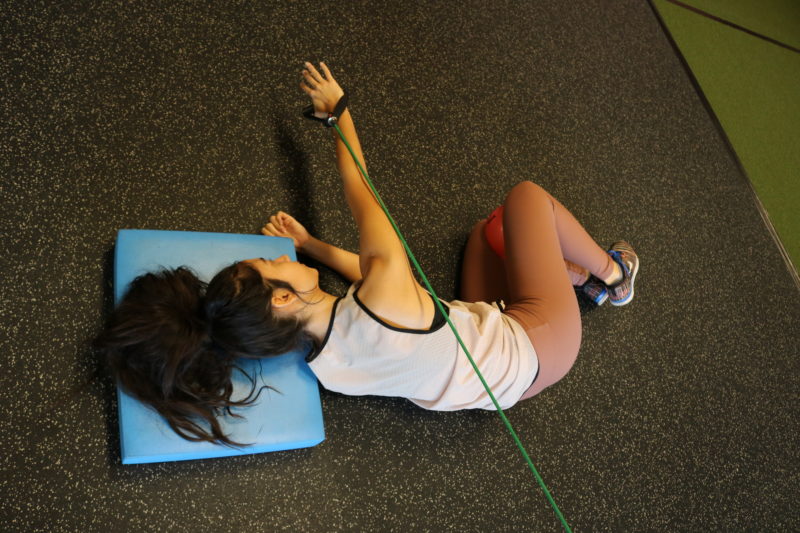A couple of years ago Bill Hartman opened my mind to a new way of assessing someone’s movement needs. Since then, Through Bill and Zac’s work, I’ve developed a movement assessment that helps my clients move better. When clients move well, progressing them to lifting comes with little to no problems.
This morning while running on 5ish hours of sleep, jet lagged, and after too much coffee, I decided to take the students through my thought process when picking breathing activities for my clients. I will be refining this and adding the lower extremities, but in the meantime, learn what breathing and arm position a client needs when picking activities.
Also, sorry for the gum chewing :O
ENJOY! and let me know if it helps, or if it didn’t and you’re still confused. If this doesn’t make sense, I will find a better way of explaining it.
Before you watch this, if you’re new to this whole breathing thing, watch this video, and check out my article on it, first!
Comments are closed.

Great video. Looking forward to the follow up posts!
Excellent! Explained very well. Thank you.
Great video. Lucy If can’t IR the algorithm states:
– abducted scapula,
– IR scap,
– concentrically orientated front chest,
– compensated ER.
Is the ER compensation due to the concentrically orientated front of chest? Which muscles are giving compensated ER?
Hi Lucy, thanks for this informative video!
At minute 7, you mention briefly that most people are narrow anyway. Is there a reason for this? Previously, I thought most people would fall under wide, but I realize this is likely not correct, so I’m wondering what might predispose people to falling under one ISA mode or another.
I have read your article carefully and I agree with you very much. So, do you allow me to do this? I want to share your article link to my website: gateio
Your point of view caught my eye and was very interesting. Thanks. I have a question for you.